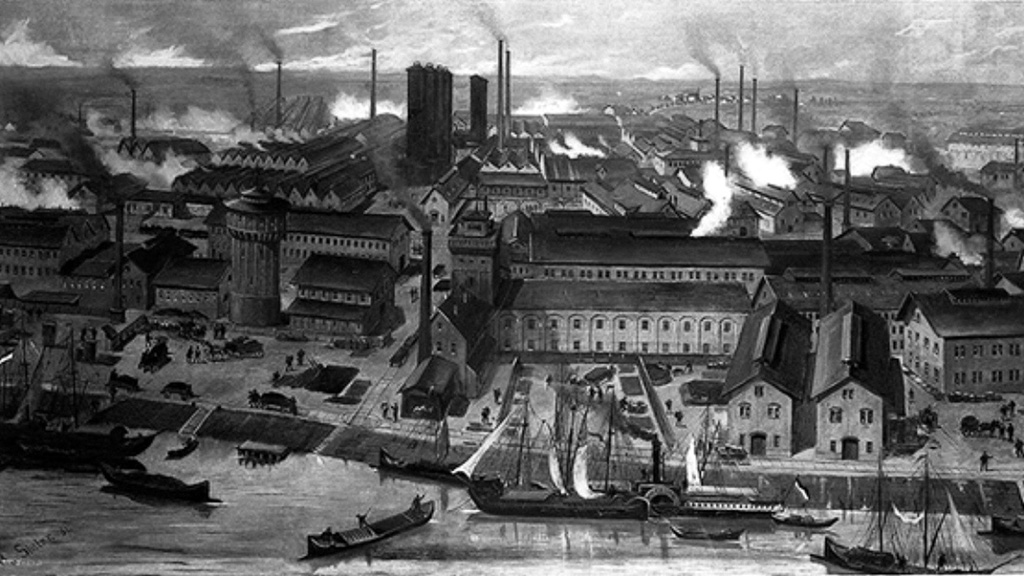Abstract
This interrupted case study was written for students to gain a better understanding of evolutionary concepts and principles as they develop their skills in hypothesis creation, experimental design, and critical analysis of experimental assumptions. These skills are taught using a classic example of rapid adaptation: evolution of peppered moths in response to pollution-induced environmental changes. Students begin with a basic background to the peppered moth system, and then identify and evaluate specific assumptions of the methodology. Students also become familiar with the concept of selection and how this can be quantified. Finally, students are asked to apply these concepts of selection to design a novel experiment. Although the case has broad appeal, it was originally designed for evolution or ecology courses primarily comprised of biology majors.



